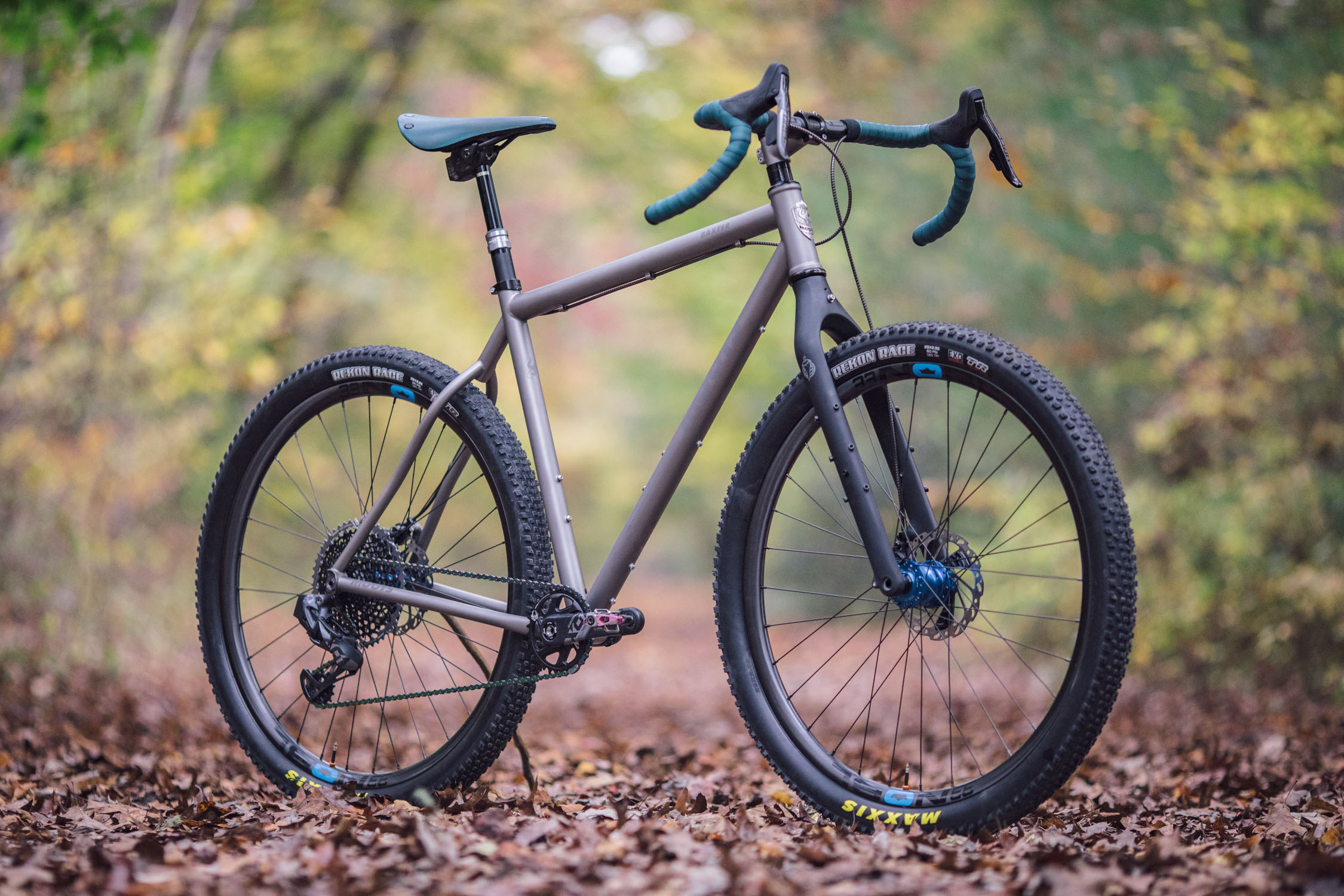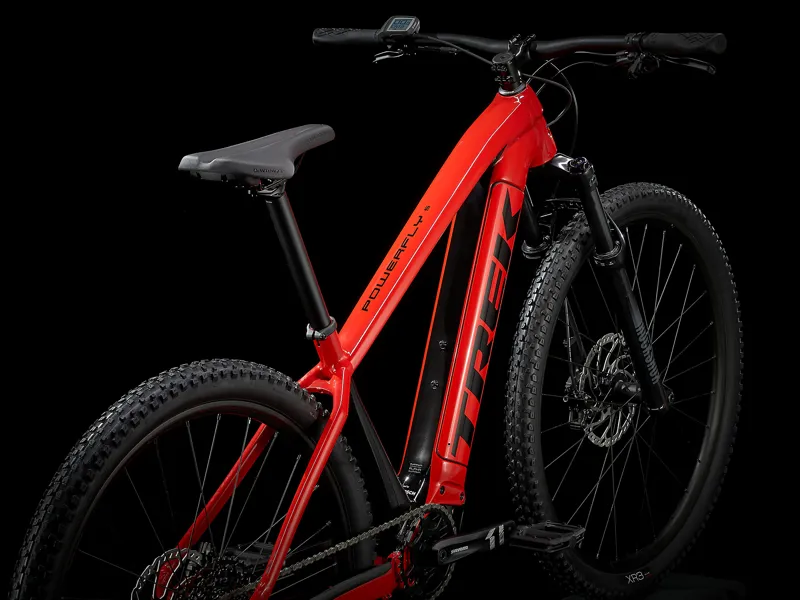

MOUNTAIN BIKES FULL
Full Suspensionįull or dual suspension bikes are regarded as the all-rounder - a very comfortable ride with the rear suspension improving cornering, braking, and climbing grip.

But a downside to this is that your legs act as the shock absorbers for the back wheel. These can come with 26”, 27.5” or 29” wheel size and are available with any frame material.ĭue to the lack of a rear suspension system, these are generally lighter, more affordable, and easier to maintain. Hardtails have a rigid frame and a single suspension fork in the front, which creates a few inches of travel. As mentioned in the previous section, different suspensions accompany different types of mountain biking. Suspension TypesĪ large part of the process comes down to ride quality. They're also more powerful than standard bikes and can enable riders to travel farther and handle terrain that conventional bikes can't. ElectricĮlectric mountain bikes occupy a slightly different space in the mountain biking sphere as they can be suited for any type of riding style previously mentioned. Bike parks commonly have regularly maintained downhill trails, similar to ski routes where they're color-coded for difficulty. Downhill/Parkĭownhill bikes are racers, mainly decked out with smaller wheel sizes, heavy frames to handle the high speeds, and a lot of travel in the suspension, from 180-200mm. The tires are fitted for cornering and traction, and the suspension travel is raised from the general 130-160mm of trail bikes to a range of 140-180mm. They're heavier than trail bikes, but not as heavy as dedicated downhill bikes. All-MountainĪlso known as enduro bikes, these are a more "buff" version of trail bikes that emphasize the downhill aspects. Because of the distances riders go on these bikes, they're some of the lightest mountain bikes and walk the line between comfort and efficiency, usually having a shorter level of suspension travel at around 80-120mm. These types of bikes have long wheelbases for better pedaling and large 29-inch wheels. Hardtails make up a large proportion of the bikes designed for cross country, although full-suspension bikes with a lockable front suspension are now more common. Cross Country / XCīearing the same name as the sport, XC bikes are for long-distance riding and racing. Trail bikes strike a balance between downhill and cross country style features with 27.5 or 29” wheel sizes, and lightweight suspension and travel between 130mm and 160mm. Most of these bikes are full-suspension, that can go over nearly any type of terrain. But these are the main riding styles that bikes are manufactured for.

Besides the ones listed below, there are several subcategories and combinations thereof. Riding StylesĪs mountain biking has developed over the years, so too have the types of bikes. First, you'll need to figure out the type of riding you want to do. Having a new mountain bike ready to take on the trails in town is great, but not if you find out that the bike you've bought isn't designed for the type of terrain available to you.Įach kind of bike excels in different conditions and riding styles, so getting a few basics out of the way will help you determine what bike best suits your needs. With a range of specifications and technical aspects, there's a lot that you'll need to keep in mind to get the right bike for you.
MOUNTAIN BIKES HOW TO
But now, with mountain biking being enjoyed by over 40 million Americans annually, it can be hard to figure out how to get into such a popular sport.įor those looking to get into it, there are several different types of bikes to choose from. With the invention of mountain bikes, thrill-seekers looked to conquer trails and other natural terrains. Learn More About Mountain Bikes Mountain Bikes: A Guide to Bikes That Make Your Ride Better


 0 kommentar(er)
0 kommentar(er)
